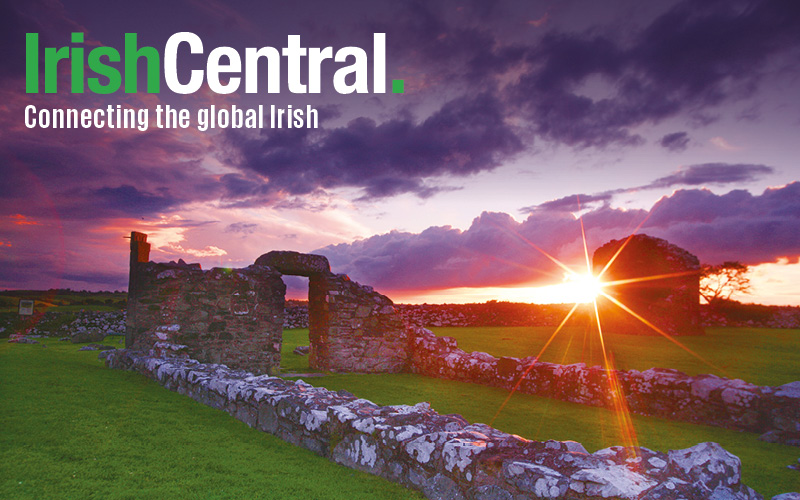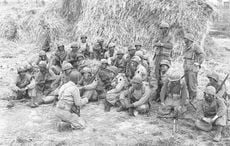Bandon (or Bandon-on-the-Sea) is a seacoast town located on the South Oregon Coast, 90 miles north of the California border and named after Bandon, Co. Cork.
The area of Bandon was originally inhabited by the Coquille (Ko-quell Indian Tribe). The first settlers established the present site of the town in 1853 following the discovery of gold nearby in 1851. The town’s name was officially changed to Bandon (from Averill) in 1874.
Bandon was established by historian George Bennett in 1874, when he happened upon an area known as “The Ferry.” George Bennett was born in 1827 in Bandon, County Cork. A graduate of law in Trinity College, he traveled to the U.S. in May 1873 accompanied by his sons Joseph W. and and George A., and a friend named George Sealy. His wife and daughter remained in Cork never to join the rest of the family in Oregon.
Bennett was not the first Irishman to set foot in this area of Coos County. Henry Baldwin, also a Cork native and a friend of Bennett’s, was shipwrecked in the Coos Bay area in 1852.
Upon first reaching this small section of the Coos region, Bennett believed that the area held great prospects for economic development. The town is located where the Coquille River meets the Pacific Ocean. It was close to timber and the dense vegetation at the time meant that the area had rich agriculturally appropriate soil.
With what he considered prime factors for a new town already in place, Bennett acquired Thompson Lowe’s donation land, as well as acquiring property to the north and south of this and on the beach. Bennett himself stated that it was only a matter of time before there was a thriving town in such a prime location.
In attempting to bring a taste of his hometown to the newly established Bandon, Bennett introduced the shrub Gorse (also known as Irish furze and Irish hedge), a move that would result in the near destruction of the town 63 years later. The ornamental shrub thrived in the same rich soil that caused Bennett to choose Bandon as a settlement area and soon came to displace native plants.
Gorse, however, could be described as a “phoenix plant,” a plant that likes to encourage fires through secreting oils so as to burn an area of land clean and grow back again as the predominant plant. On September 26, 1936, a small forest fire resulted in the deaths of 10 people and the destruction of all but 16 of Bandon’s 500 homes when a change in wind direction moved the fire in the direction of the gorse hedges which were by then, in places, four feet high. Although the majority of the town's 1,800 people reached safety, the fire destroyed the Bandon’s business district resulting in a loss at the time of $3 million.
Bandon succeeded in rebuilding itself to the quaint seaside town it is today, although there are now strict regulations on gorse. Bennett is still known as the person to introduce gorse to the U.S. eco-system.
Bandon maintains a twin city agreement with its Cork namesake, where the site house of Bennett’s birth can still be seen alongside the Irishtown Bridge. Both towns are located beside rivers and close to the ocean although Bandon, Cork, is the larger town with a population of 6,640 compared to 3,066 on Bandon, OR.
*Originally published in 2015




Comments